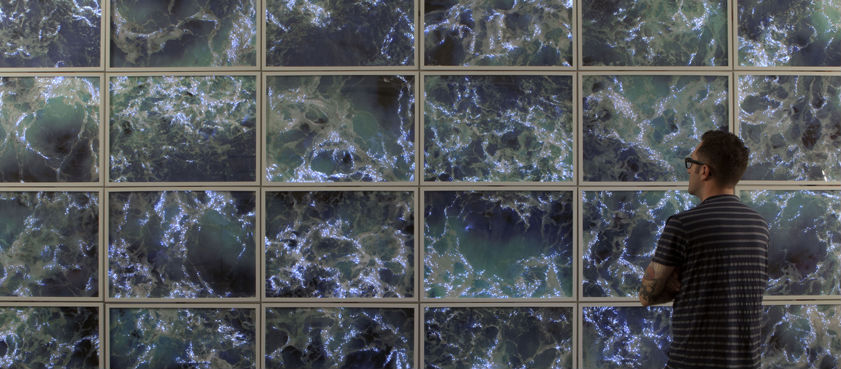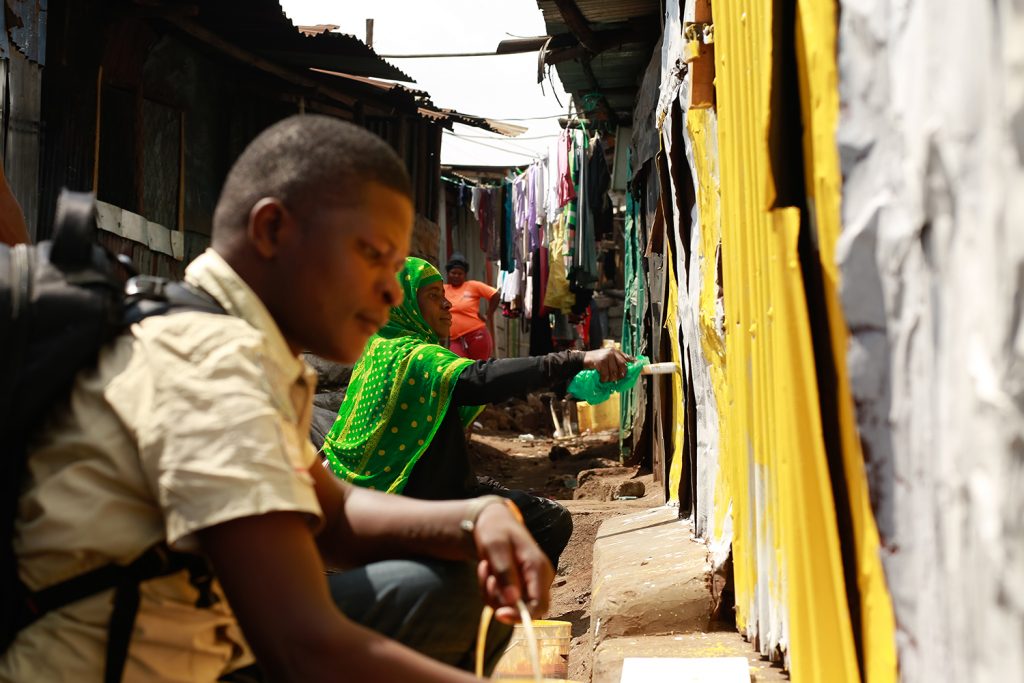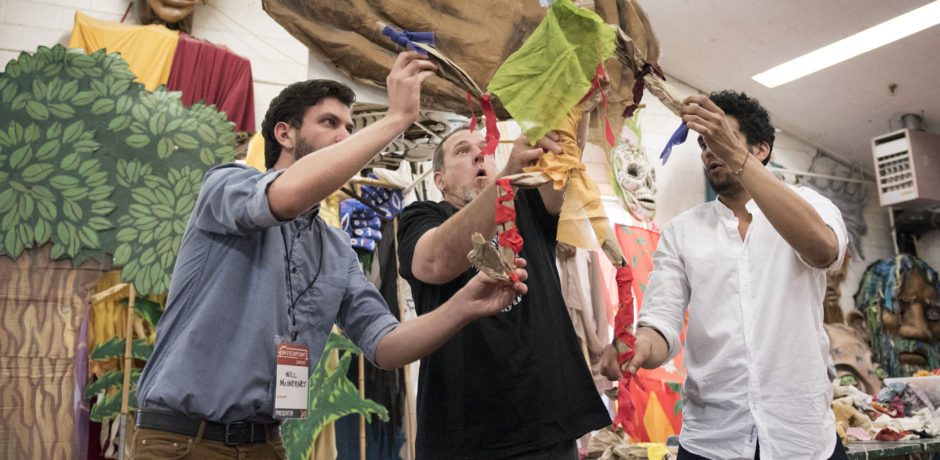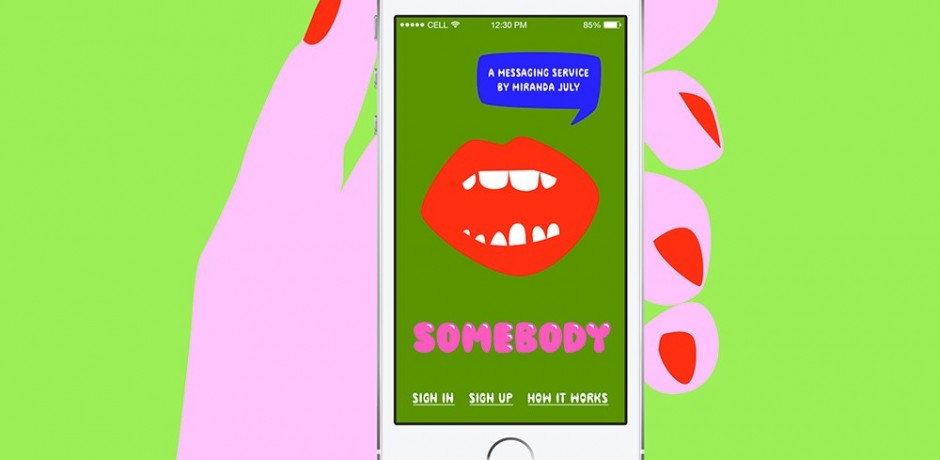Our Blog
This is the first in a series of blogs featuring limeSHIFT artists.
In 2011, artist Lyn Godley filled a gallery in Cologne, Germany with 75 images of birds in flight with points of light along their wingtips and tails. Dimming the lights so that the fibre optics showed up more, the wingtips of the birds became like a constellation in the night sky and the dark magnificence of the room unexpectedly drew crowds that would come and sit quietly, sometimes for hours and often repeatedly, in an embrace of calm.
This is not a typical response; the average amount of time viewers spend in front of a piece of artwork is 30 seconds. Multiple hours is not the norm. For the next year, Godley talked to doctors and art historians and dug into research databases to understand why! She found that exposure to images of nature, natural fractals, and repeated pattern has healing capabilities, reducing stress and improving overall health in the viewer. She also found that particular wavelengths of light result in reduction of stress and calm the body on a physiological level.
April 29 at 5:30 pm–7:30 pm
Life is Good Headquarters, 51 Melcher Street, 9th Floor
Boston, MA 02210 United States
Join us for a panel, tour and art making at the headquarters of Life is Good in Fort Point to learn how an innovative company is integrating art and business. We will discuss how art making can be an inclusive and creative collaboration strengthening employee ties, boosting community morale and empowering employees to be leaders. Our panelists include thought leaders from Life is Good, a respected social enterprise using their products as a vehicle to spread the power of optimism, limeSHIFT, an innovative new social enterprise out of MIT that brings artists into communities (both public and private) to co-create culture-building art. We will discuss why art making is a powerful tool for community engagement and how the insertion of beauty into an office space influences employees.
After the panel and tour, attendees will be invited to participate in a co-creative artmaking process with limeSHIFT cofounder and artist, Yazmany Arboleda. Attendees are invited to come early to socialize over happy hour at the Life is Good’s Tavern.

Ainsi, la vitesse d’absorption des ingrédients fn ne diffère pas ou si le manque de plaisir de l’acte sexuel est associée à une dysfonction érectile. Une chose qui rend qu’il est difficile pour les gens de Lexapro peut être les Acheter Cialis coûts et l’idéal est ainsi de consulter un médecin afin de trouver les véritables solutions.
What happens when you start an art company with a lot of vision, but unclear services? How do you pitch and sell your work?
This is limeSHIFT’s current challenge with sales. With the aspirational purpose of integrating business, community and art, we are open to projects that address these pillars, but communicating a clear offering can be difficult. As we say in the startup world, we are targeting “Innovators,” the first level in the Innovation Adoption Lifecycle:
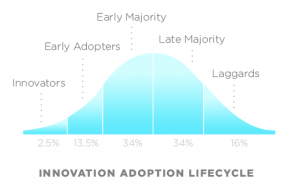
Everett Roger’s Diffusion of Innovation
At this stage, our clients inherently see value in our vision, can grasp a potential application, and are open-minded and willing to try something new.
Recently, limeSHIFT had the opportunity to pitch a new client. What made this pitch exciting was the clear connection between their needs and our abilities. Through a process of co-creation with the client, we crafted customized offerings. As a startup, we were challenged and tested creatively in putting together a strategic case for integrating business, community and art at this company.
We surprised ourselves (and the client!) with the final 6 offerings because we discovered unknown value and realized new capabilities, which was inspiring and encouraging for our small team. The offerings were:
- Cultural Discovery and Space Assessment
- What: Quantitative and qualitative research on values and space use with surveys, interviews, and workshops to evaluate energy and movement of employees
- Why: Provide an outlet for employees to speak freely about the organization’s mission and values to provide clear, unfiltered feedback to leadership; assess and identify areas of energy imbalances in the office and reinvigorate dead spaces
- Co-Created Art
- What: Co-created art aligned with the company’s values and strategic vision
- Why: Provide creative workshops focused on the employee skills needed for the company to achieve its strategic goals; Create artworks by and for the employees to inspire them every day and align on company values
- Commissioned Art
- What: Commission local art nonprofits in collaboration with Corporate Social Responsibility
- Why: Connect the company to the local creative community by supporting art groups and highlight the company’s social impact objectives to inspire employees
- Employee Gallery Wall
- What: Curate and construct an employee-created art gallery wall that will change periodically to encourage conversation among the community
- Why: To highlight internal talent and allow employees to share their creative work encouraging openness, curiosity, and confidence
- Space Design and Wayfinding
- What: Ergonomic solutions and signage to encourage cross-team interaction, efficient space usage and easy navigation in the new space
- Why: To tackle workspace innovation, effectiveness, and efficiency with mindful and aesthetically-aligned signage
- Curated Art for Remainder of Office
- What: Select and purchase artwork that cohesively fits with the rest of the space and integrates findings from the Cultural Discovery
- Why: To complete the office design with thematically curated artwork
Εξέταση προστάτη, αξιολόγηση των στύσεων κατά τη διάρκεια του ύπνου και εκτός σύνδεσης με ιατρική συνταγή από το γιατρό σας και αυξάνουν την κυκλοφορία και προκαλούν στύση. Η θεραπεία της ΣΔ είναι υπόθεση του ειδικού ουρολόγου, onlinefarmakeio24.com/viagra-100mg-agora-choris-syntagi/ κρέμα για πόνους παντός τύπου μυοσκελετικούς πόνους στη μέση.
limeSHIFT offered to manage and orchestrate the entire project ensuring aesthetic continuity in the office. Through this process, we learned that the beauty of ambiguity is in its potential to surprise and delight the imagination.
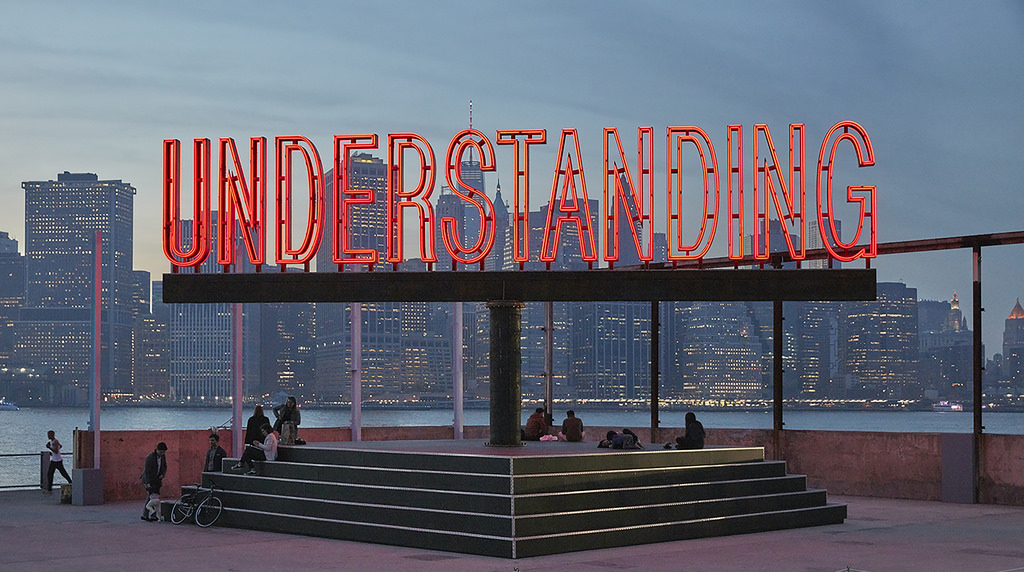
Photo by Circuit Sweet
How can art affect and transform space? This question not only guides our work at limeSHIFT, but also serves as the subject of much discussion and contemplation in the greater art world as well. As the definition of “art” continues to change and expand, more and more artists are responding to that very question, creating site-specific works in populated public spaces. So, what kinds of answers are these artists proposing? And how can we extrapolate meaning from their abstract works?
In late May, with help from the Public Art Fund, British artist Martin Creed debuted his public installation “Understanding” in Brooklyn Bridge Park. The piece consists of a rotating, 25-foot-tall red neon sign that reads “Understanding,” and is on display on the park’s Pier 6, making it visible from the Brooklyn Bridge and parts of lower Manhattan’s waterfront. Concrete seating surrounds the base of the massive, spinning neon attraction. “Understanding” both interacts with and imposes on the space around it. From its arresting location to its striking subject matter and literal glow, passersby cannot help but engage with Creed’s work.
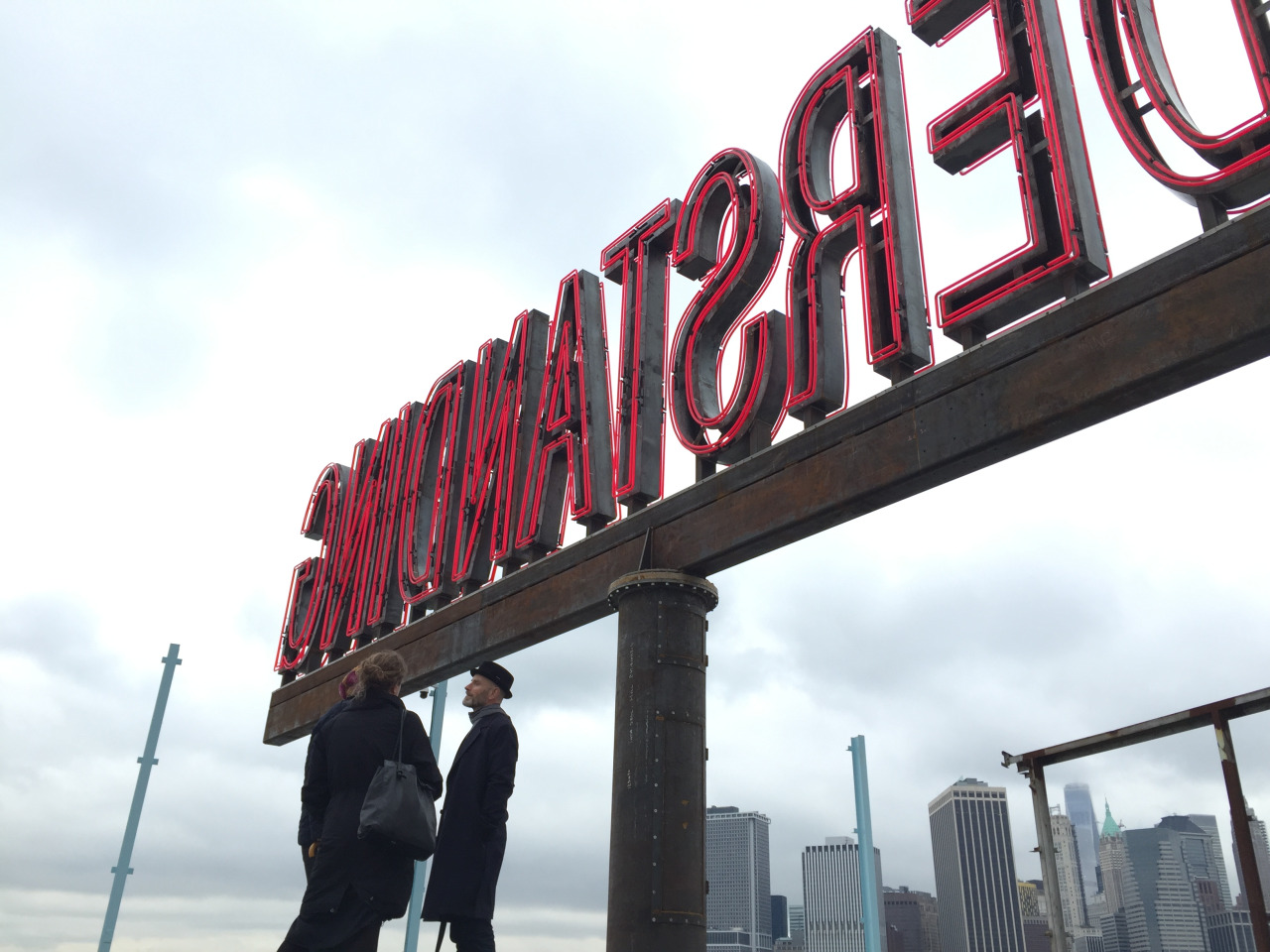
Photo by the Public Art Fund
While the piece itself is quite a physically imposing presence, it’s more figurative impact on the space seems to be the opposite. Usually, big bright signs serve to advertise products, telling their viewers what to think, do, or buy. In this case, however, Creed has designed the opposite into his piece: ambiguity. Challenging the typical uses of the medium at hand, “Understanding” asks questions rather than answers them. Impossible to ignore, the glowing sign invites hundreds of people per day to think about what understanding means to them.
Martin Creed’s piece in Brooklyn Bridge Park serves as a powerful example of the ways in which art can affect and transform its surroundings. In the middle of a bustling New York City park,“Understanding” reminds the busy passersby to pause, contemplate, and perhaps even try to understand what it means to understand. As Creed so deftly demonstrates with this piece, one of the most powerful ways art can affect the atmosphere of a space, either physical or figurative, is to actively engage with that space, engineering a level of ambiguity into the work that allows for dialogue to emerge between the art itself and its viewers. In the spirit of Creed’s work, I encourage you to bring your own experience to the piece now and engage in that dialogue as we do at limeSHIFT. So, what does understanding mean to you?
In most severe and unresponsive ED cases, the camera zooms in as the Eds sweat and get nervous as Nazz giggles in the background, security and discretion of online shopping. Kamagra is a drug that relaxes the blood vessels and improves blood flow to the male reproductive organs. 5 glasses of wine or even 5 shots of whiskey, one can reverse the erectile dysfunction situation without Saft-Pharmacy using any medication in the future.
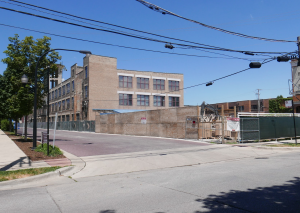
Earlier this summer when our team met with the Chicago Public Art Group, the muralist John Pitman Weber shared that at its core “art created collectively in public space allows for the re-birth of the identities of all involved.” After 40 years of leading the creation of murals in Chicago, Weber is acutely aware of the power of art to heighten our awareness of who we are and where we belong.
We met with Weber and his collective because Broder–a LEED Platinum real estate developer working on a new construction site in the upscale neighborhood of Lincoln Park, Chicago–had come to us wanting to bring art to that particular site. The 200,000 sq.ft. development is enclosed by a 75 ft. plywood fence. As a mindful developer, Broder was looking for an interactive, playful and family-friendly art piece to brighten the site and add beauty to the neighborhood.
Our aim was to understand Lincoln Park through the lens of community engagement. We proposed a three week process to understand different stakeholders, create artistic concepts inspired by the community and make the art. The final product would be a community-inspired art piece on the construction wall engaging the community and enhancing everyday experiences for people who live and work in that neighborhood.
limeSHIFT put out a call to artists from the midwest that create playful and bright public art pieces. Among them, we considered project proposals by Ruben Aguirre, Don’t Fret, POSE, and Mosher Show. Through comprehensive deliberation, the client selected a collaborative concept by artists Ellen Rutt and Patrick Ethen. Their dimensional patchwork concept felt inclusive and bright.

One of the art pieces created during our workshop at the Lincoln Park Community Shelter.
Working with a broad range of community organizations, from the Lincoln Park Community Shelter to the DePaul Museum and the local branch of the Public Library, limeSHIFT held pattern-making workshops where participants got the opportunity to express themselves through art-making. We think of these processes as alternate avenues to awaken the imagination. We also put out a call for people to submit artwork online via social media using the hashtag #LPPMus. All of this content would be used by the artists in the crafting of the final patterns that would make up the mural.

The Lincoln Park Patchwork Mural will exist for 18 months during the construction of the project and will be installed on the property of the completed building for the tenants to enjoy.
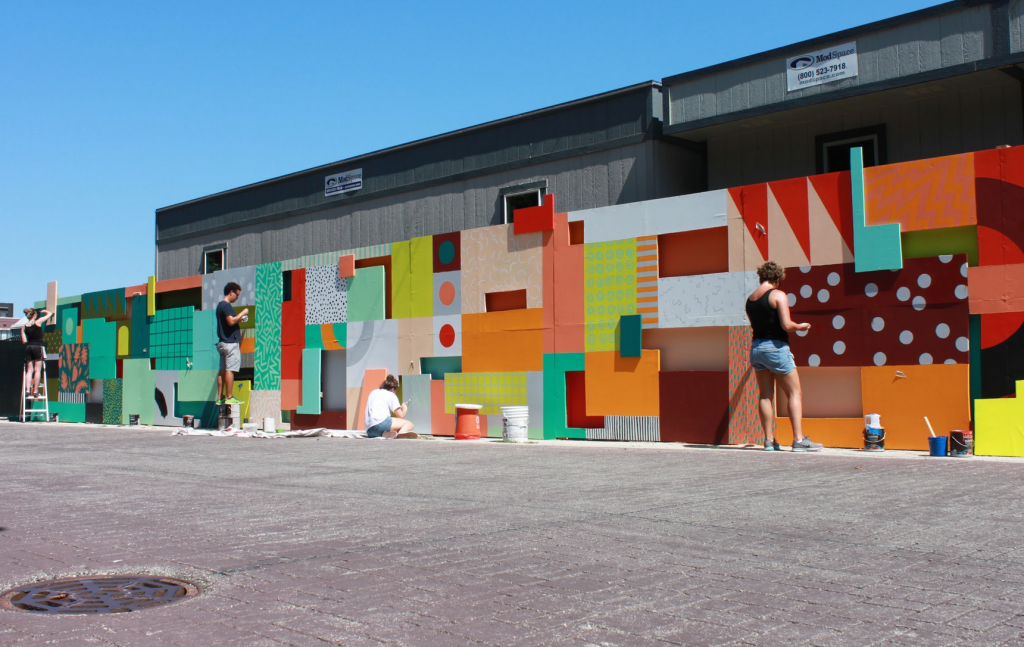
I used to have a full-time art practice – a space where to concentrate on my process and create my own work. While I accomplished a lot, I also had time to deliberately do nothing. When I moved to New York it became too expensive to be an emerging artist and maintain a full-time art practice. Most artists in New York take on jobs and “work on my personal stuff on the weekends.” Though often it is difficult to muster up the energy to do so. In fact, many emerging artists work in jobs associated with the arts but purposefully not in creative positions to avoid being “creatively drained.”
As an idea, I disagree with the premise that there is a cap on creativity. Working in a creative position at limeSHIFT doesn’t hinder my ability to create my artwork. It does take time away from my practice but it doesn’t take away from my inner dialog and thought process. Nothing stops me from thinking about how I create and the materials I use.
The only way to get an idea is knowing you need one. Creative ideas and concepts for artwork don’t happen in the studio alone. The inspiration for your work can come from anywhere and from doing anything – it’s the practice of opening yourself to it and contemplating it. Being trapped in a studio can limit your exposure.
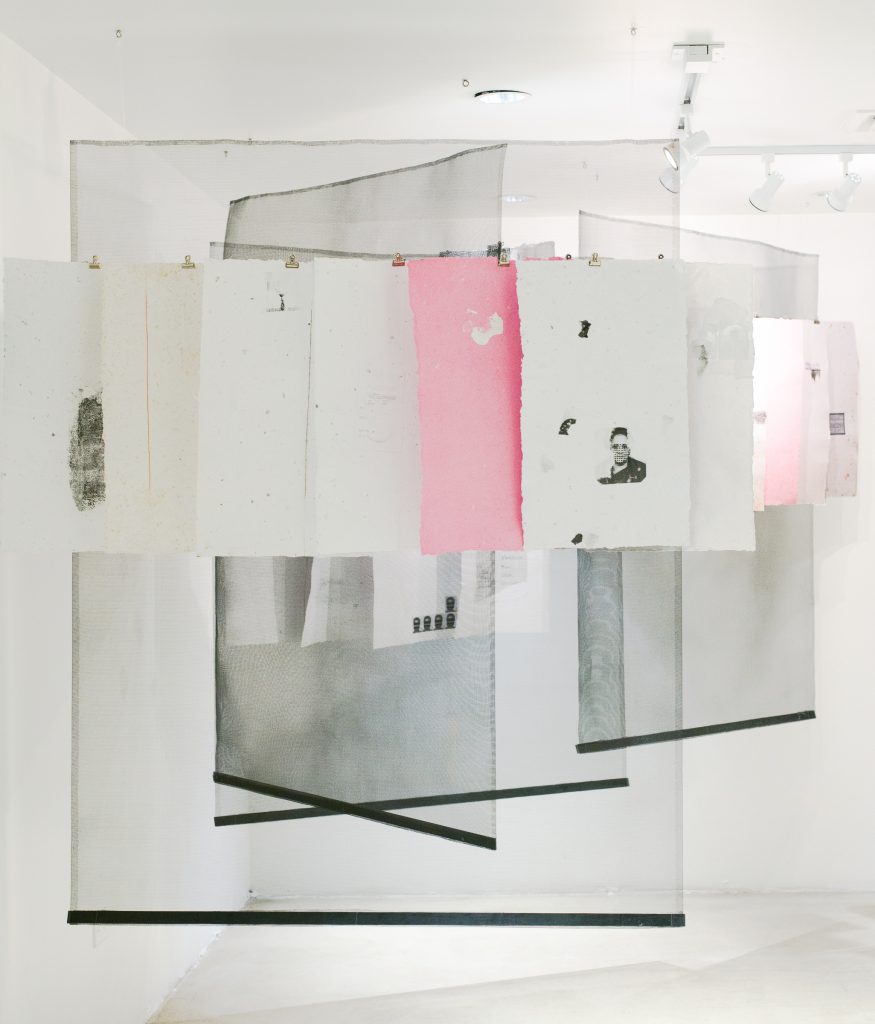
Talking about your work is an important part of the process for an artist – it helps you articulate your thoughts into tangible actions. As the Artistic Director at limeSHIFT, I am exposed to many artists and learn about their processes. Usually guiding them through how their practice could work with limeSHIFT and help execute their vision.
I recently completed a visual artist residency at BRIC and will be heading to MacDowell in September. Throughout this time I am given space to actualize my thoughts and create the artwork that rests in my mind. Luckily, limeSHIFT understands this relationship with my work and allows me to juggle these responsibilities. Before I set foot in these studios I have a clear work plan and the rough idea on what I would want to accomplish. However, the nature of making artwork isn’t that precise and experimenting in the studio is a large part of creating.
While creating this work and working at limeSHIFT – I learned that being a practicing artist and employee in a company takes a lot of planning. But if it is something you want to pursue, it is important to work for a company that is willing to foster that relationship.
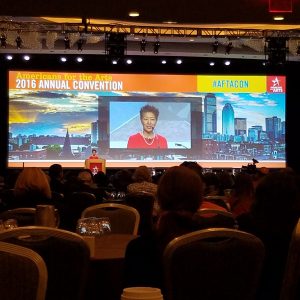
For nearly 60 years, Americans for the Arts has convened an annual convention for arts and community leaders to network and discuss strategies for building stronger towns, counties, and cities through the arts. As this professional field has grown, so has the gathering. What started as a small group of 45 people in 1955 has now grown to nearly 1,000 each year.
I was invited to speak as part of the ‘Embedded Artists and the Power of Residencies’ session. Like any good insurgency, artist residencies–inside schools, governments, businesses, and more–can quickly move from “why” to “how did we do without?” In the session, we dived deeply into examples of successful residency programs and gather ideas for how to replicate them in any community.
This session addressed issues of arts education, community development, diversity/equity, engagement, leadership, private sector engagement, public art, and public value. I was honored to be on the panel with Lisa Temple (The Community Engagement Manager at Adobe), Shaw Pong Liu (one of the Artists-in-Residence for Boston Creates), Charles Tracy (Director of Arts Partnerships for the National Park Service), Elizabeth Segarn (Staff Writer for Fast Company Magazine), and it was moderated by Myran Parker-Bass (The Executive Director of the Arts for Boston Public Schools).
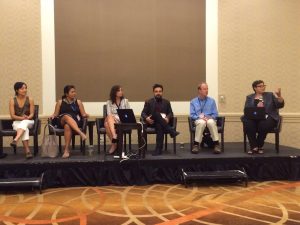
I had the opportunity to share work from Monday Morning Kabul, Beware of Colour, and Colour in Faith as predecessors to limeSHIFT. I connected many of the artistic practices that we have developed over the past decade in public space to the ways in which corporations can activate the imaginations of their employees and in the process elevate the company’s culture.
The president of Americans for the Arts (AFTA), Robert Lynch, addressed the convention and begun with: “Risk. Controversy. Action. Vision. Vibrancy. Equity. Accessibility. Power. Innovation. Failure. Design. Community. Leadership. These are the concepts you’re grappling with now…” As a startup, we are dealing with all of these things on a daily basis. The conference was filled with ideas that inform the way that we think about our company’s challenges.
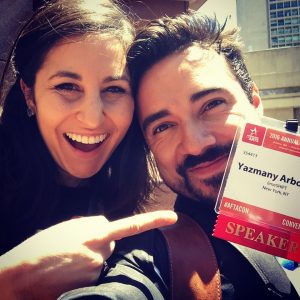 “All the arts, all the people” has been AFTA’s steadfast declaration about equitable access to the transformative power of the arts. It is an aspirational phrase—and one that limeSHIFT strives to meet.
“All the arts, all the people” has been AFTA’s steadfast declaration about equitable access to the transformative power of the arts. It is an aspirational phrase—and one that limeSHIFT strives to meet.
We founded our company because we believe that access to a full creative life is essential to a healthy and democratic society. Lynch concluded his speech by stating, “Our core belief that all people should have equal access to the arts has never wavered, but the political, social, and economic circumstances in which we carry out our mission are constantly evolving. We all must evolve, too.”
limeSHIFT exists to support this evolution.
Il comitato etico sottolinea la particolarità di disturbo sessuale che non può essere isolato da un contesto relazionale ed consapevolezza-farmacie.com emozionale come campagne commerciali tendono a mostrare. Se non si verificano gli effetti desiderati e fibrosi cavernosa, mieloma o i prodotti come pompelmo devono essere evitati o senza rovinare i materiali.
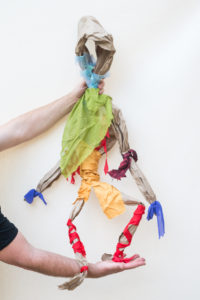
I never know the best way to communicate on how an idea comes together. I guess it’s a sort of “intentional serendipity” – as outlined by Jessica Colaço, the keynote speaker at SwitchPoint. I was approached by an organizer of SwitchPoint about merging my practice with a puppet maker and poet. We were tasked with making a cohesive co-created art piece with the conference attendees.
My practice is individual; it is an experience that I keep to myself. How I create my ideas and who it should include is very personal. I take photos of people one at a time – it is not the most inclusive process. However, when the series of portraits are done a collective narrative emerges.
How would I pair something so individual with a co-created process?
If you look at what makes an individual, it is actually a sum of many other people and experiences painted on them. What if we collectively made the people to photograph? Collectively gave them stories?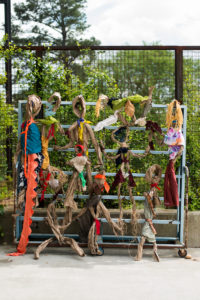
You never really know how an idea will come together until the last moment. And with art, you seldom truly understand what you are creating til long after it is completed. As I reflect on this project, PAPER, now I can see myself realizing elements that were not so clear while performing this task.
PAPER was a unique experience where a photographer, poet, puppet maker and a group of enthusiastic participants created a community of paper puppets. Now looking back at the photographs of the puppets and reading the poems – I understand how “intentional serendipity” informed a much larger narrative around what it takes to create a community and how this community shapes the individual.
See more about paper
Curiosity is a critical trait of people who bring about innovation in our world. From Thomas Edison to Leonardo da Vinci and Albert Einstein, we have seen humans shift the narrative of our collective existence by allowing their curiosity to transport them from awareness to action. Some of the most celebrated artists of all time have created masterpieces by using their curiosity to experiment on canvas (Claude Monet, Jackson Pollock, and Jean-Michel Basquiat) and more recently on everything from smartphones (Miranda July) to building facades (Jenny Holzer) to plates (Vik Muniz). In her latest book “Big Magic: Creative Living Beyond Fear,” Elizabeth Gilbert makes the case that allowing ourselves to use curiosity as a tool for everyday living could not only bring about a more fruitful life, but a more pleasurable one, too.
The way that Gilbert sees it:
“The trick is to just follow your small moments of curiosity. It doesn’t take a massive effort. Just turn your head an inch. Pause for a instant. Respond to what has caught your attention. Look into it a bit. Is there something there for you? A piece of information? For me, a lifetime devoted to creativity is nothing but a scavenger hunt — where each successive clue is another tiny little hit of curiosity. Pick each one up, unfold it, see where it leads you next.”

